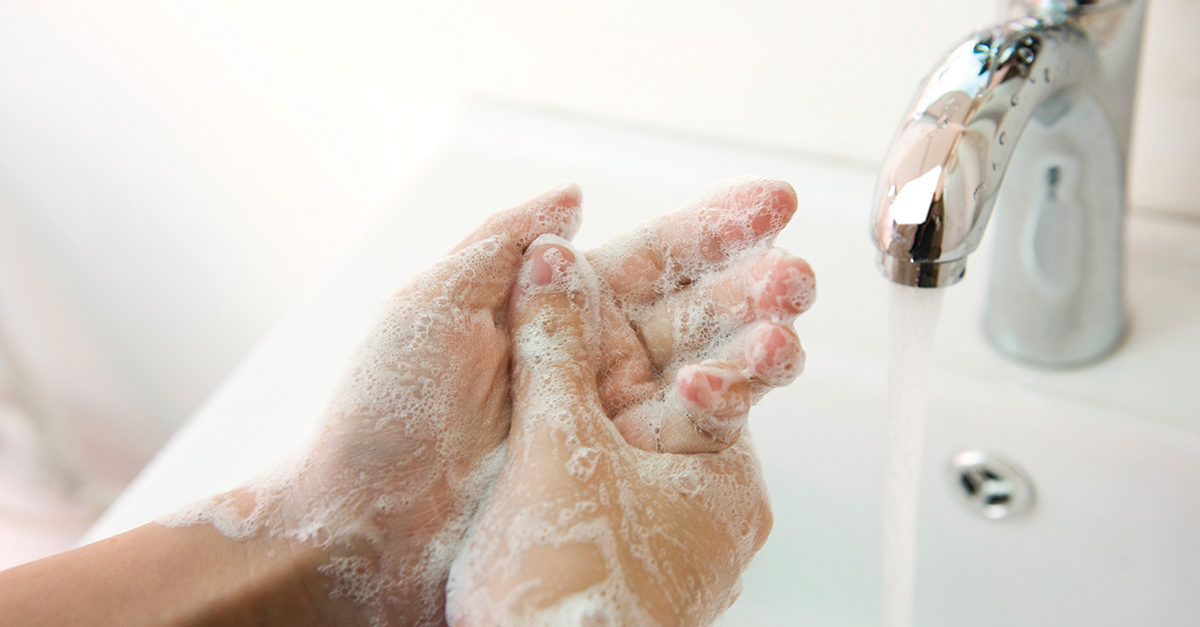Keeping hands clean is one of the most important steps we can take to avoid getting sick and spreading germs such as the influenza virus to others. Many diseases and conditions are spread by not washing hands with soap and clean running water, or when not available, a hand sanitizer. For example, it is reported that handwashing:
- Reduces respiratory illnesses, like the flu, in the general population by 21 percent
- Reduces the number of people who get sick with diarrhea by 31 percent
- Reduces diarrheal illness in people with weakened immune systems by 58 percent.
Therefore, routine and frequent handwashing with running water and soap is critical to reducing the spread of infectious diseases.
A recent study indicated that 95 percent of people observed washing their hands were doing it incorrectly. Therefore, it is worthwhile to re-examine proper handwashing technique to ensure maximum removal of infectious agents.
1. Wet Your Hands
Wet your hands with clean, running water (warm or cold), turn off the tap, and apply soap.
2. Lather
Lather your hands by rubbing them together with the soap. Be sure to lather the backs of your hands, between your fingers, and under your nails.
3. Scrub
Scrub your hands for at least 20 seconds.
4. Rinse
Rinse your hands well under clean, running water.
5. Dry
Dry your hands using a clean towel or air dry them.
Hand Sanitizers
Washing hands with soap and water is the best way to reduce the number of microbes on them in most situations. However, if soap and water are not available, use an alcohol-based hand sanitizer. Alcohol-based hand sanitizers can quickly reduce the number of microbes on hands in some situations, but sanitizers do not eliminate all types of germs. It is important to note that hand sanitizers are not as effective when hands are visibly dirty.




